
If you’re sick of the same old asters and mums, why not plant an unexpected fall-star instead?
Here some truly out-of-the-ordinary plants for upping your fall garden game in the Southeast. Some of these options provide excellent foliage color while others put on a floral display in the final throws of October.
Looking for some autumnal stars for your containers instead? Read Autumn Pots Minus the Mums by Sarah Partyka for even more out-of-the-box fall planting inspiration.
1. White-topped Pitcher Plant
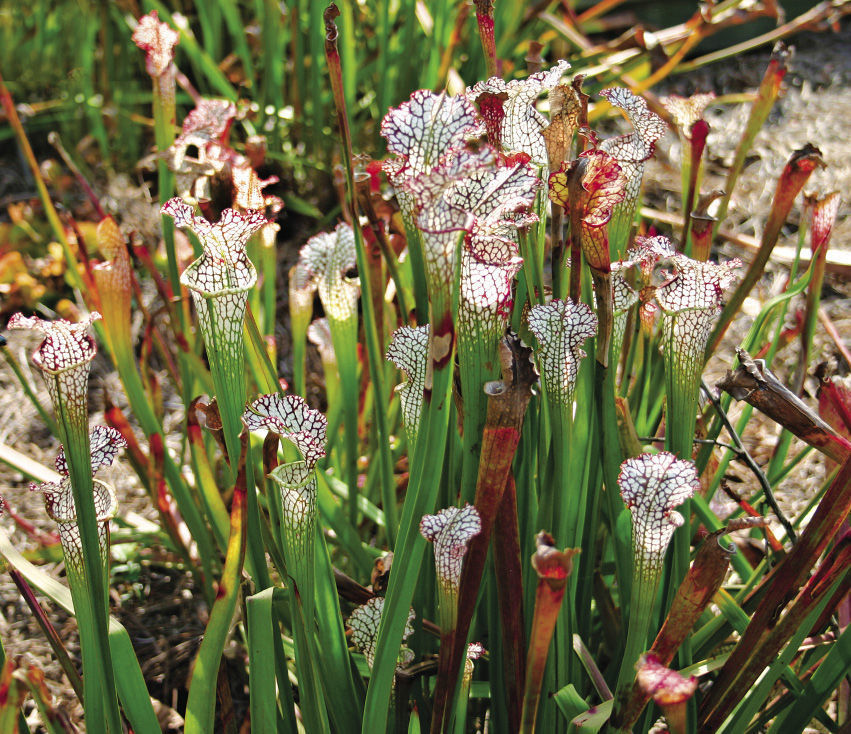
Name: Sarracenia leucophylla
USDA Hardiness Zones: 6 to 9
Size: 14 to 22 inches tall and 12 to 16 inches wide
Conditions: Full sun; moist, boglike soil
Most pitcher plants grow new pitchers in spring. White-topped pitcher plant is unique in that it produces its biggest flush in autumn, when more than a dozen stately pitchers arise in unison. Their glistening white hoods are saturated with inky red veins and are nothing short of astonishing. Such bold displays of renewal are welcome so late in the year. As a bonus, strange purple flowers appear the following spring. They are so otherworldly that first-time observers sometimes aren’t convinced that they are flowers at all. It should be noted that all pitcher plants require boglike conditions to thrive.
2. Giant Leopard Plant
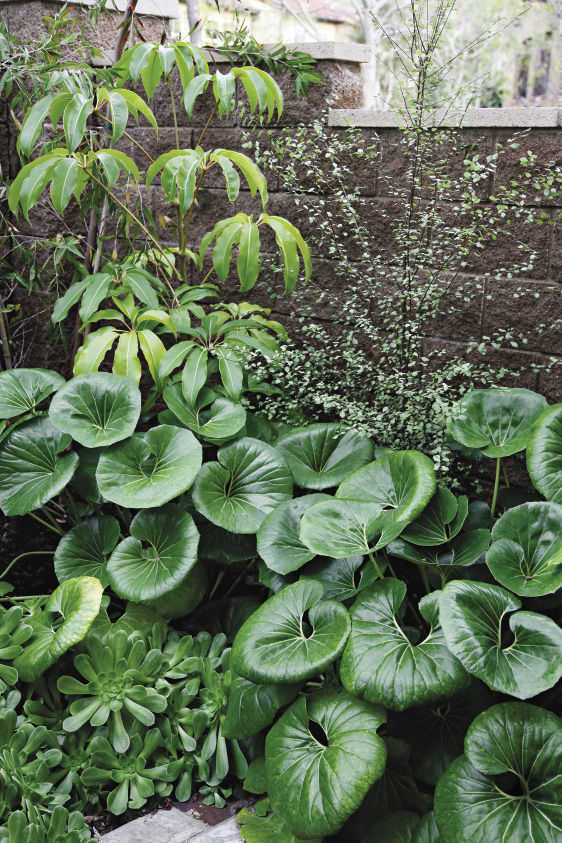
Name: Farfugium japonicum var. giganteum
Zones: 7 to 10
Size: 1 to 3 feet tall and wide
Conditions: Partial to full shade; moist, well-drained soil
Upon first encountering giant leopard plant on the West Coast, I was so taken that I lovingly cradled a specimen in my lap for the entire flight back to South Carolina. Luckily for gardeners everywhere, it’s more readily available today. The immense circular leaves, which can be more than a foot across, are particularly appealing. Some might say that the form is almost aquatic, but to me, the plant resembles a pile of waxy green tractor seats. Daisylike yellow flowers rise high above the foliage in fall. Use giant leopard plant in the shade for visual weight or as a foil for more finely textured sedges and ferns. While the plant is evergreen, cold winters can reduce it to black mush, although it quickly emerges again in early spring.
3. Mexican Sunflower
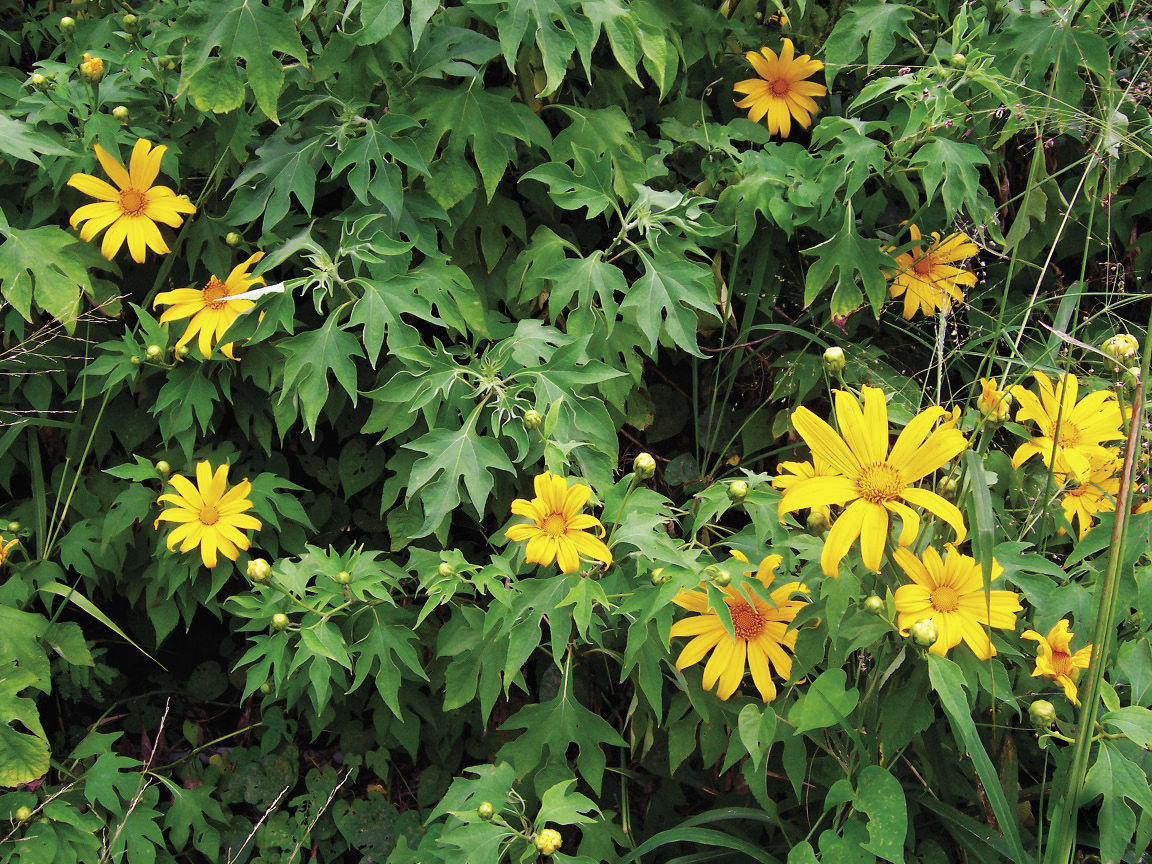
Name: Tithonia diversifolia
Zones: 9 to 11
Size: 7 to 10 feet tall and wide
Conditions: Full sun; well-drained soil
Tolerant of heat and drought, Mexican sunflower is also fast growing and adaptable. These are all fine qualities, but that’s not what makes this plant so cool. Mexican sunflower is all about size. Topping out at up to 10 feet tall and nearly as wide, this monstrous curiosity makes a wonderful screen or hedge. It’s also much beloved by insects, which buzz about the 3-inch-wide golden flowers in fall. Cows and goats like it, too, but they prefer to munch on the nutrient-rich foliage.
4. Candy Corn Plant
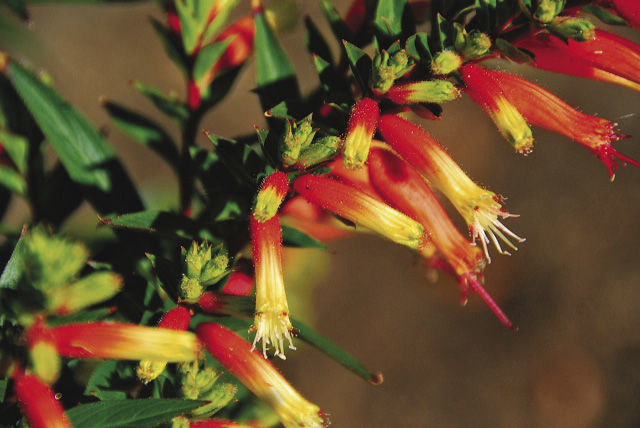
Name: Cuphea micropetala
Zones: 7b to 11
Size: 3 feet tall and wide
Conditions: Full sun; well-drained soil
Few perennials can rival candy corn plant for shear floral ferocity. An intense blend of orange and yellow, the small tubular flowers ascend vertically on upright stems, setting fire to the fall garden. During any other season, this combination might be jarring. But in autumn, when Halloween and Thanksgiving hold sway, it’s unbelievably festive. Due to its long flowering period, candy corn plant makes an excellent container specimen but works equally well in a mixed border or massed for long views.
Ethan Kauffman is the garden director at the Moore Farms Botanical Garden in Lake City, South Carolina.
Photos: #1, millettephotomedia.com; #2, Joshua McCullough; #3, B. Navez/courtesy of wikimedia.commons.org; #4, courtesy of Ethan Kauffman
Fine Gardening Recommended Products

Johnny’s Selected Seeds Connecta® Cultivation Kit
Fine Gardening receives a commission for items purchased through links on this site, including Amazon Associates and other affiliate advertising programs.

VegTrug Classic Cold Frame
Fine Gardening receives a commission for items purchased through links on this site, including Amazon Associates and other affiliate advertising programs.

Gardener's Supply Company Summerweight Fabric Plant Cover
Fine Gardening receives a commission for items purchased through links on this site, including Amazon Associates and other affiliate advertising programs.


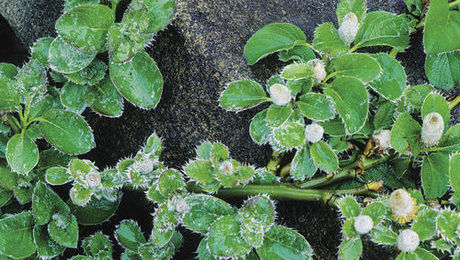
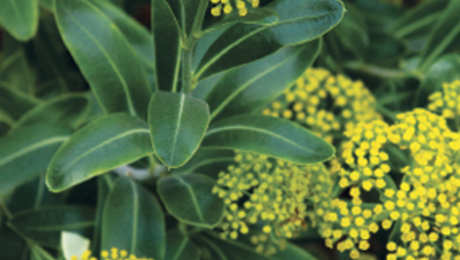














Comments
Log in or create an account to post a comment.
Sign up Log in